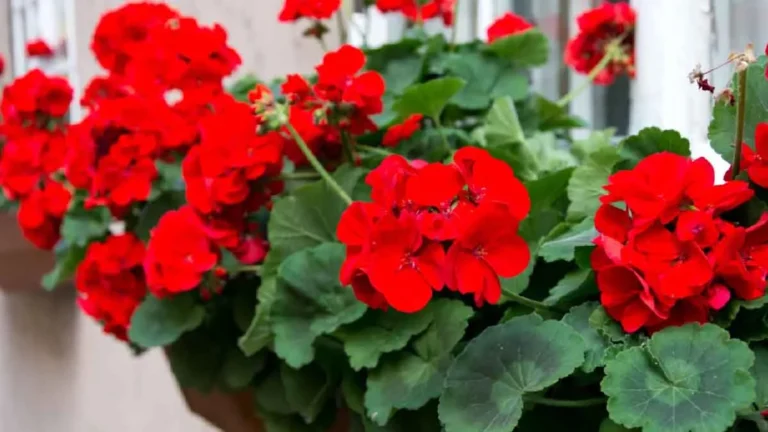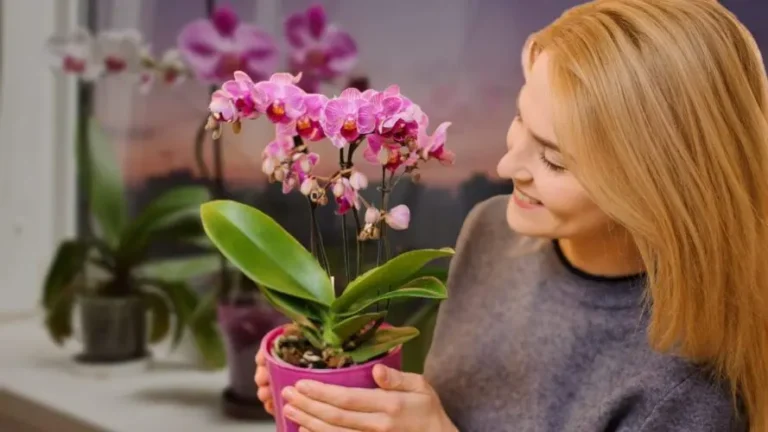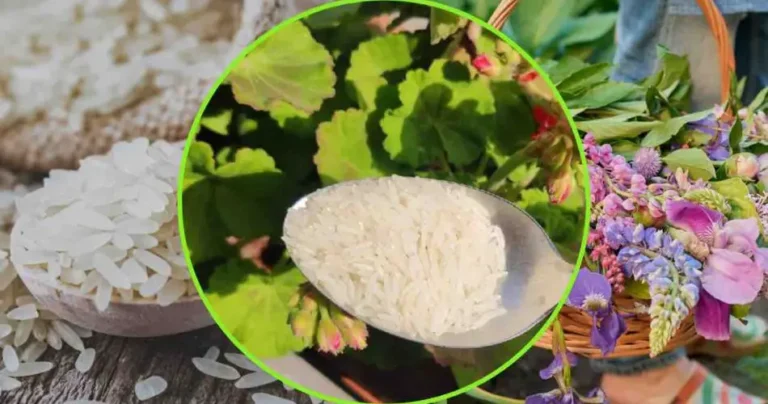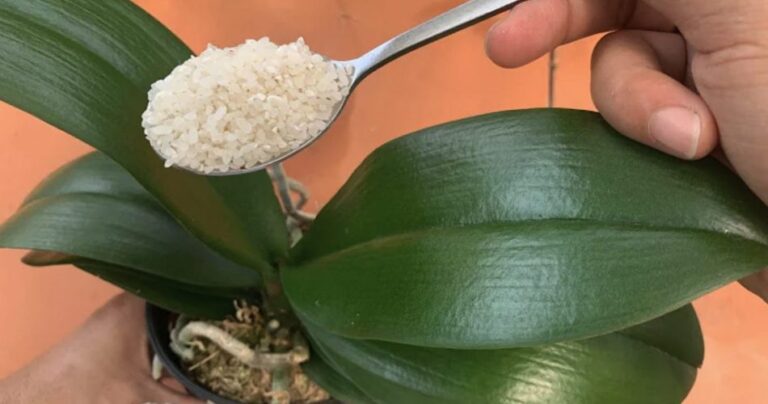The trick to make Christmas cacti bloom all year round at home
The Christmas cactus (Schlumbergera bridgesii) is a long-lived winter-flowering houseplant that is often associated with the holidays because it typically blooms between mid-November and late January. Does well in average home conditions with moderate care.
In general, this plant adapts to low light conditions, but blooms more when exposed to bright light.
As a favorite succulent for the holidays, many like to have potted Christmas cacti at home. The vibrantly colored flowers emerging from the tendrils that cover and trail over the plant make it more attractive. The flowers can be white, pink, red, salmon, yellow or purple. For those who want to maintain a beautiful evergreen plant all year round, the Christmas cactus is the best option.
Colorful flowers bring joy and add color to winters. However, these amazing succulents may not bloom sometimes, so you need to figure out how to force them to bloom. However, ensuring proper watering, proper temperature, and adequate light will help you understand how to achieve the goal. If you have a Christmas cactus and it hasn’t bloomed yet, this article will help you force it to bloom.
How to get the Christmas cactus to bloom as much as possible
First of all, keep in mind that these plants are usually sold in full bloom with at least a few flowers open, so move the plant as little as possible to prevent the buds and flowers from falling off. Buds can also fall off due to overwatering, lack of moisture, or insufficient light.
The “trick” to get them to bloom comes down to three factors: minimal watering, light and temperature. Place the Christmas cactus in a bright place, away from heat vents, fireplaces and drafts. It will bloom longer if the room is a little cool.
To start, you should limit the amount of water your plant typically receives around October. Water only the top layer of soil, and only when the soil feels dry to the touch. This watering schedule will force the plant into a dormant period. Without forgetting that dormancy is crucial for the flowering of Christmas cacti.
The Christmas cactus is known as a short-day plant, meaning it needs 12 hours of darkness each day, preferably in a cool room to enter the flowering period. Move your Christmas cactus to a location where it will have at least 12 hours of darkness. Continue this for about 6 weeks to promote flower bud production.
Keep in mind that indirect sunlight during the day is fine, but giving it 12 hours of complete darkness at night is essential. Wherever you keep your Christmas Cactus, don’t turn on the lights at night, even for a short time. It will interrupt the necessary dark cycle and disrupt the flowering process.
The ideal temperature for flowering is 10 -12°, so place it in a cool room, even outdoors if possible. However, we must always take into account the hours of oxen required and the temperature, which should not be less than 10°.
What to do after flowering
After the plant has finished flowering, give it a rest period of about two months with little or no water in a location where it receives moderate light. The interior of an apartment is the perfect place. If the foliage or stems begin to wilt during this time, water it lightly.
As the days begin to lengthen in spring, water it more frequently and move it to a brighter location. This is the time to prune the plant to give it shape and encourage branching.
Once all danger of frost has passed, move the plant outdoors to a sunny or lightly shaded location. Christmas cacti require bright, indirect sunlight for best performance, but too much direct sunlight can burn the leaves.
During the growing season, April through September, fertilize your Christmas cactus with a universal liquid houseplant fertilizer that does not exceed 10 percent nitrogen. Starting in October, the cycle indicated to force flowering begins again.






